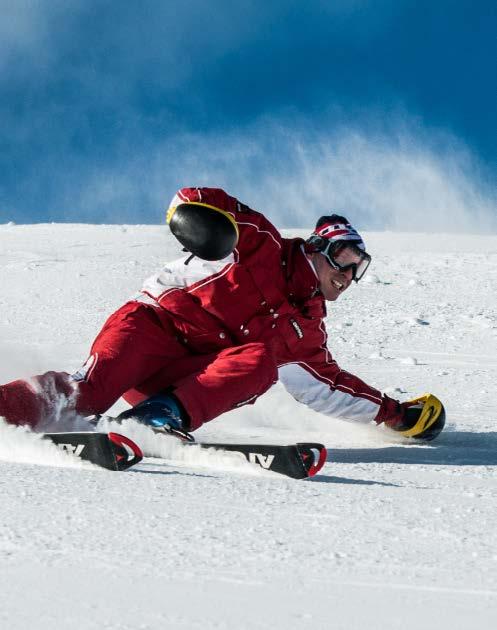
3 minute read
News from British Standards
BSI’s standards committee area for engineering design, specification and verification, TPR/1 (Technical product realization) – whose Subcommittee for the BS 8887 standards on Design for Manufacture, Assembly, Disassembly and End-of-life processing (MADE) is chaired by Professor Brian Griffiths – has been as busy as ever so far this year.
2023 has seen a number of national committee initiatives in the TPR/1/7 area move forward. One in particular – new national work with the lighting sector on the remanufacture of luminaires – has been formally accepted onto the BSI work programme. The proposed new British Standard, a code of practice BS 8887-221, will be moving through its formal standards development stages over the course of the rest of the year.
National Subgroup TPR/1/7/4, which brings together leading UK lighting remanufacturers, lighting industry trade associations and professional bodies, as well as relevant academic institutions, will refine the document and see it through its public comment, committee approval and publication stages.
Also on remanufacturing – which is the process by which a previously sold, worn, or non-functional product can be rebuilt, recovered or reused – another national Subgroup, TPR/1/7/5, has been meeting with the medical devices sector in order to explore options for new standards on sustainable product design and sustainable manufacture. The discussions are still at the exploratory stage but TPR/1/7/5 reports growing interest from across the healthcare sector.
On the international standards front, TPR/1/7 was pleased to welcome the publication of ISO 8887-2, the international vocabulary for MADE. The new standard sets out the terms and definitions across the ISO 8887 area allowing for future parts of the series to be developed at the international level. ISO/TC 10 WG20, which is converting a number of parts of the national BS 8887 series into international (ISO) standards, is run by the UK and chaired by Brian Griffiths.
The first part of the series, ISO 8887-1, was published in 2017. New work is currently under way to convert BS 8887-3 – guidance on the selection of an appropriate end-of-life design strategy – into a new international standard, ISO 8887-3.
And finally, back to the national standards work programme. Brian Griffiths’ TPR/1/7 main Subcommittee will be meeting in the autumn to review and discuss all of the standards and projects under its remit. The aim of the meeting – which will be a workshop-style event at BSI’s offices in Chiswick, West London – will be to flesh out future standards needs as well as allocating responsibilities for existing and ongoing work items and initiatives.
With all of this ongoing work and activity, the TPR/1area committees are always looking for new committee members and experts to join its standards drafting groups, national committees, and international working groups. Further general information on taking part in BSI’s standards work can be found at: https://www.bsigroup.com/en-GB/about-bsi/uknational-standards-body/how-to-get-involved-withstandards/
If you would like more detailed information on any of TPR/1’s projects or work programme – or if you would like to get involved in any way in the committee’s activities – please contact Sarah Kelly, Lead Standards Development Manager and Committee Manager for TPR/1 at BSI on sarah.kelly@bsigroup.com.

2023 saw the UWR Formula Student team transition into the second phase of the Wolf VII project. With the 2022 event having provided valuable knowledge regarding the static events, the team felt well prepared to tackle the 2023 competition as a Formula Student class entry.

The competition itself took place at Silverstone immediately after the F1 Grand Prix weekend, from the 27th to the 30th July. Four long days that saw some of the worst July weather for years challenged the 60+ university teams that brought either petrol or EV cars to the contest.
Thursday brought the first challenge of the week; static events. Cost & Manufacturing was the first judged session of the day, which was immediately followed by the Engineering Design event. Costing and engineering design were both a success, with good feedback on the team’s approach to costing structure, price-based design choices and general design aims and understanding. We also received useful feedback regarding our designs and where they could be improved or iterated upon.
Taking the feedback from the judges in our stride, the car was swiftly brought to scrutineering, the first of which being tech scrutineering. This initial stage is usually very difficult to overcome, as there is a vast array of rules and compliances the car must adhere to. However, Wolf VII passed this stage in our second attempt (with many teams needing four or more visits to scrutineering), and










